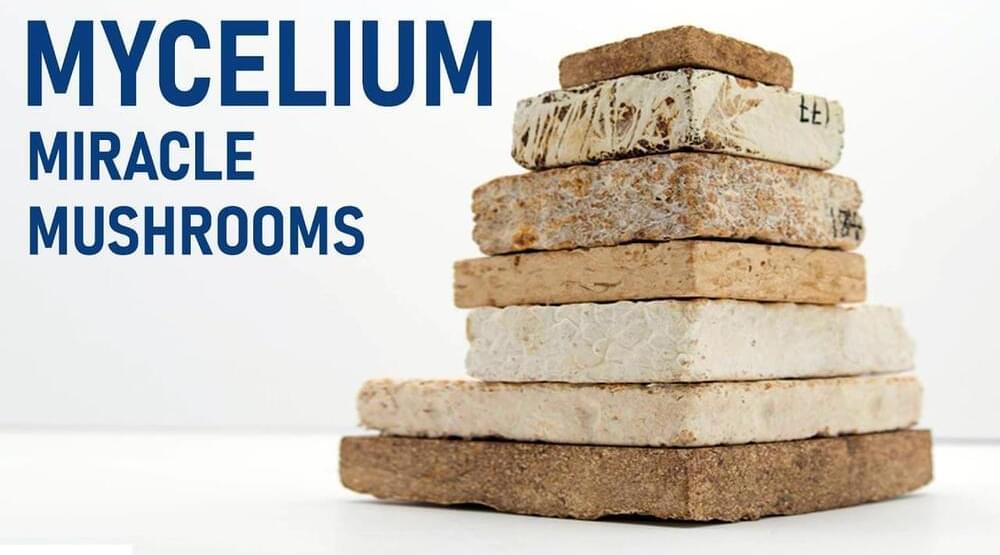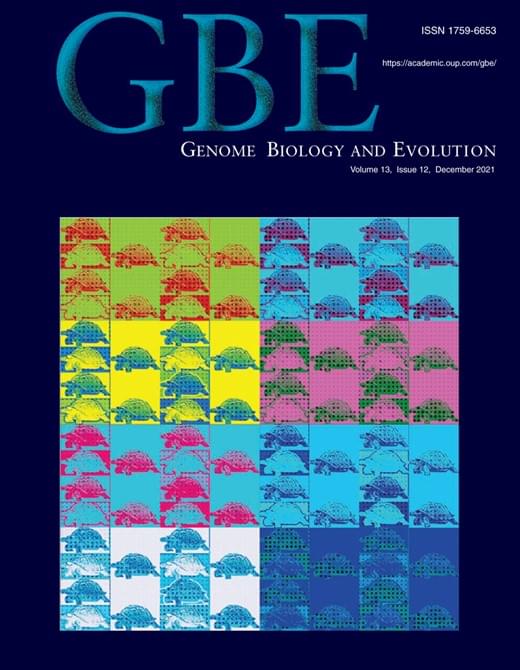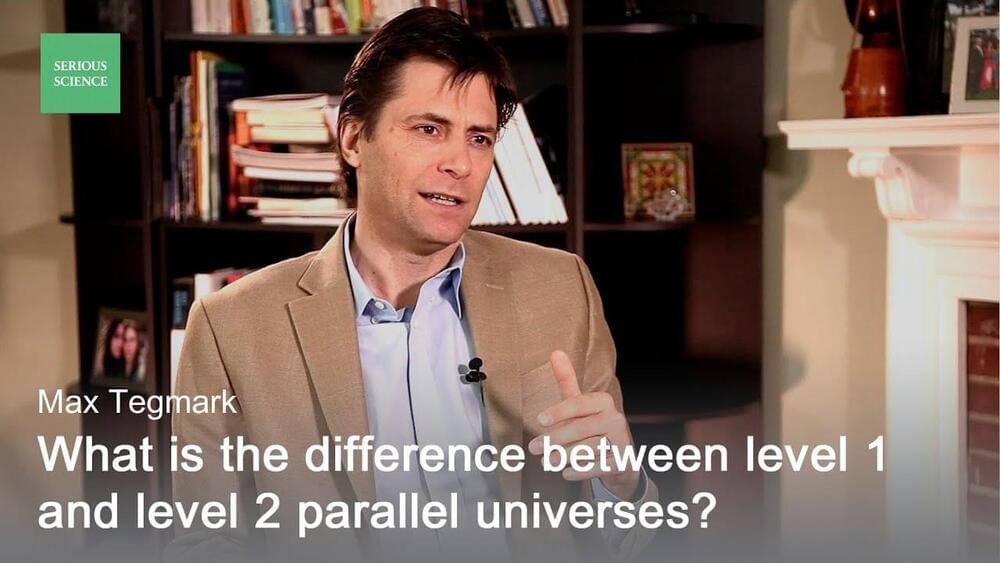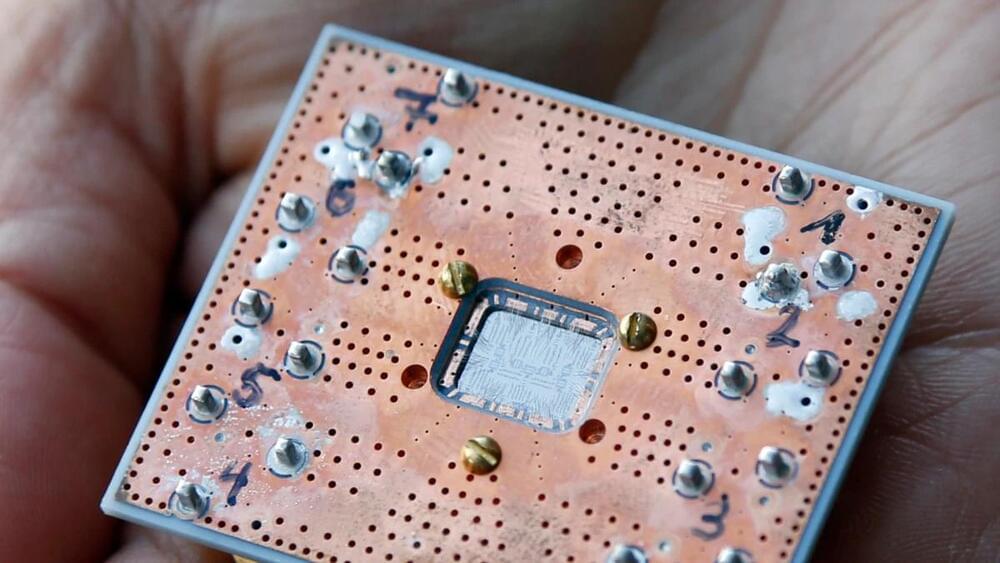Dec 17, 2021
A Man Accidentally Threw Out a Hard Drive Worth $357 Million in Bitcoin
Posted by Gemechu Taye in categories: bitcoin, computing, cryptocurrencies, transportation
And he’s been searching for it for a decade.
It’s a nightmare scenario that might become increasingly common in a world of digital currency. A man threw away an old PC hard drive while doing a quick spring clean of his home in Newport Wales, U.K., in 2013. Fast-forward almost a decade and he’s still desperately petitioning to be allowed to go through his local landfill.
The reason the man, 35-year-old IT engineer James Howells, wants to trawl through his local trash site is that the hard drive he threw out included a wallet with 7,500 Bitcoin.
Continue reading “A Man Accidentally Threw Out a Hard Drive Worth $357 Million in Bitcoin” »


















